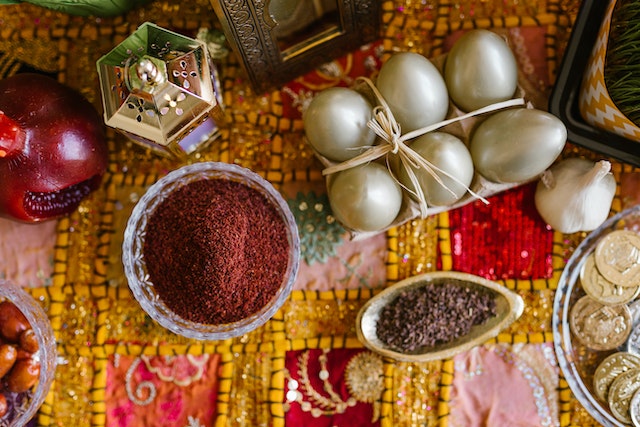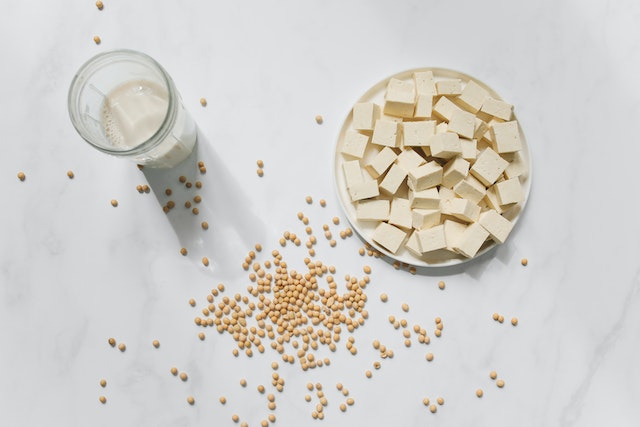Introduction: Saffron, the esteemed spice renowned for its exquisite flavor, vibrant color, and rich history, stands as one of the world’s most valuable and sought-after commodities. As a precious and delicate crop, the price of saffron reflects a fascinating interplay of factors. In this exploration, we delve into the captivating world of saffron prices, unraveling the intricate dynamics that shape its value and the harmonious journey from field to table.
- Fields of Fragrance: The symphony of saffron prices commences in the sun-kissed fields where delicate saffron crocus flowers bloom. Cultivating saffron requires meticulous care and expertise. Climate conditions, soil quality, and precise harvesting techniques all come together to influence the yield and quality of saffron threads. The rarity and fragility of the spice contribute to its elevated value, as saffron flowers produce only a few precious stigmas per bloom.
- Global Spice Market: As the curtains rise on the global stage, saffron prices dance to the rhythm of market forces and demand. Saffron’s unique flavor and vivid color make it a cherished ingredient in various culinary traditions worldwide. Fluctuations in consumer preferences, emerging culinary trends, and cultural demands shape the market dynamics. Additionally, factors such as supply and demand imbalances, geopolitical events, and currency exchange rates influence the price of saffron on the international spice market.
- The Saffron Journey: The journey of saffron from the fields to the spice market involves a meticulous process that adds to its value. Hand-picking the delicate stigmas, careful drying and processing, and quality grading contribute to the pricing dynamics. The labor-intensive nature of saffron production and the expertise required at each stage impact the final price. Saffron’s limited shelf life and the need for proper storage conditions further contribute to its value as a precious spice.
- Cultivating Elegance: In recent years, a growing emphasis on sustainable and ethical practices has emerged in the saffron industry. Concerns regarding fair trade, organic cultivation, and the impact on local communities and the environment have prompted initiatives focused on responsible saffron production. These efforts, aimed at preserving the authenticity and quality of saffron while supporting the livelihoods of farmers, can influence saffron prices by reflecting the added value of sustainable practices.
Conclusion: The symphony of saffron prices tells a captivating tale of nature’s allure, market dynamics, and responsible production. From the fragrant fields where saffron blooms to the global marketplace where it is traded, each note in this symphony represents the delicate balance between rarity, expertise, and cultural appreciation. As consumers, let us savor the golden threads of saffron while also supporting initiatives that uphold sustainable practices and fair trade, ensuring the preservation of this treasured spice and the livelihoods of those who cultivate it.




